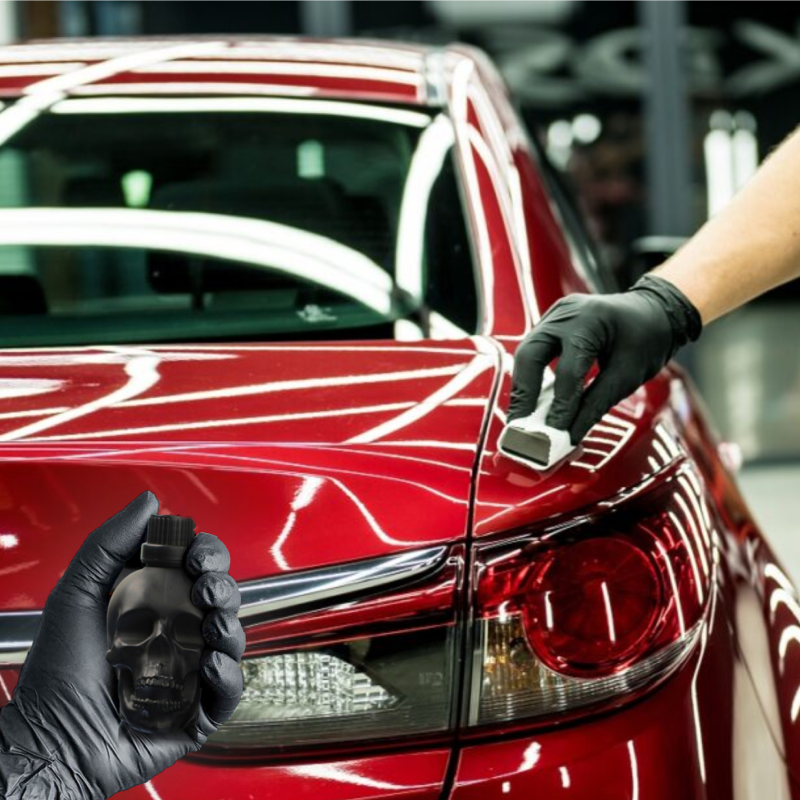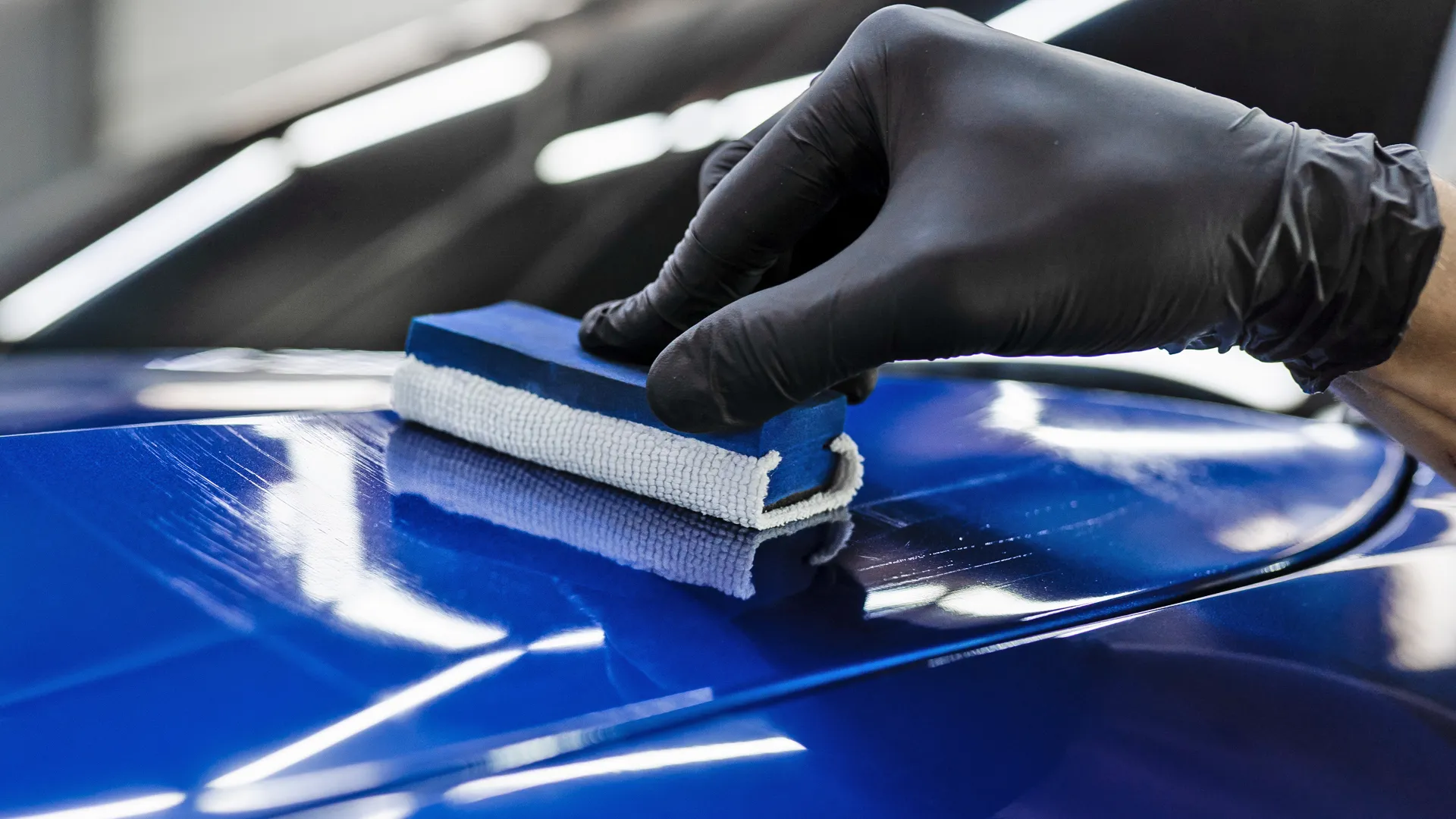Experience top-rated auto detailing for deep cleaning.
Experience top-rated auto detailing for deep cleaning.
Blog Article
A Comprehensive Guide to the Sorts Of Ceramic Layer on the marketplace
Ceramic coatings have emerged as a crucial solution throughout numerous sectors due to their unique residential properties and applications. As we discover the unique attributes and applications of these coverings, the implications for performance and longevity become progressively evident, increasing concerns regarding which type might best suit your needs.
Understanding Ceramic Coatings
Ceramic coatings are advanced safety remedies that have actually obtained popularity in different sectors, especially in vehicle and aerospace applications. These coverings contain a liquid polymer that, when healed, forms a resilient, hydrophobic layer on the surface of the substratum. This layer supplies improved resistance to ecological impurities, UV radiation, and chemical exposure, thus extending the life and aesthetic appeal of the underlying product.
The basic component of ceramic layers is silica, which adds to their firmness and sturdiness. The application procedure usually includes surface preparation, application of the covering, and curing, which can be achieved with warm or UV light. When cured, ceramic coatings show extraordinary bonding residential or commercial properties, allowing them to stick strongly to a range of surfaces, consisting of steels, plastics, and glass.
In addition to their safety functions, ceramic coatings additionally supply ease of upkeep. Their hydrophobic nature reduces the adherence of dust and grime, making cleansing easier and less regular. Overall, the fostering of ceramic coverings stands for a considerable development in surface area defense innovation, supplying both practical and visual advantages across numerous markets.
Types of Ceramic Coatings
Different kinds of ceramic finishes are readily available, each made to meet particular performance needs and applications - Car Detailing. The most typical types consist of:
Silica-based Coatings: These coatings primarily consist of silicon dioxide and are recognized for their longevity and chemical resistance. They are extensively used in automotive and industrial applications.
Titanium Dioxide Coatings: Popular for their photocatalytic buildings, titanium dioxide coverings are typically used in environments where self-cleaning and antifungal buildings are preferable, such as in building products and automotive surfaces.
Zirconia Coatings: Characterized by their high-temperature stability and thermal resistance, zirconia finishes are utilized in applications such as turbine engines and high-performance vehicle elements.
Alumina Coatings: Showing superb firmness and thermal stability, alumina coverings are frequently used in wear-resistant applications, consisting of reducing tools and industrial machinery. - Paint Protection Film
Hybrid Coatings: Incorporating the properties of various materials, crossbreed coatings provide boosted efficiency features, making them ideal for discover this one-of-a-kind and requiring applications.
Each sort of ceramic covering offers distinct functions, allowing customers to pick one of the most suitable remedy based upon details environmental conditions and efficiency needs.
Advantages of Ceramic Coatings
Coatings play a crucial duty in improving the efficiency and longevity of surfaces throughout numerous markets. Ceramic coverings, particularly, offer numerous advantages that make them progressively prominent among suppliers and customers alike. Among the primary benefits is their extraordinary sturdiness. These coatings are immune to scrapes, chemicals, and UV rays, ensuring that the underlying surface area continues to be safeguarded with time.
Along with sturdiness, ceramic coverings provide outstanding hydrophobic properties, enabling simple cleansing and maintenance. This water-repellent nature reduces the adherence of dirt, crud, and various other pollutants, which can lengthen the aesthetic charm and performance of the surface. Additionally, ceramic layers can significantly boost thermal resistance, making them perfect for applications that endure heats.

Application Refine
When using ceramic coverings, a precise approach is vital to accomplish ideal outcomes. A tidy surface area ensures correct adhesion of the finish.
When the surface is prepped, the following action is to use the ceramic layer. The finishing should be applied in slim layers, as thicker applications can lead to unequal finishes.
After application, the covering needs a particular curing Bonuses time, generally ranging from a few hours to a complete day, relying on the item. Throughout this time, it is vital to prevent exposure to moisture or contaminants. Finally, a gentle buffing might be needed after healing to boost the gloss and eliminate any high areas. Complying with these actions diligently will make the most of the efficiency and durability of the ceramic layer, offering a sturdy safety layer for the surface area.
Maintenance and Long Life
To make sure the longevity and effectiveness of a ceramic coating, routine upkeep is essential. Ceramic layers, understood for their durability and protective qualities, need specific care regimens to maximize their life expectancy and performance.
Along with routine cleaning, routine examinations are crucial. Seek indicators of wear or damage, such as hydrophobic residential properties diminishing or surface area blemishes. If needed, a light polish may be put on invigorate the covering without removing it away.
Moreover, the application of a booster spray can boost the coating's hydrophobic effects and recover its gloss. This is especially valuable for finishes that have remained in use for a prolonged duration. Eventually, by adhering to these maintenance methods, one can official website significantly expand the life of a ceramic layer, ensuring that it remains to offer optimum defense versus environmental variables and preserve the visual appeal of the vehicle.
Conclusion

Report this page